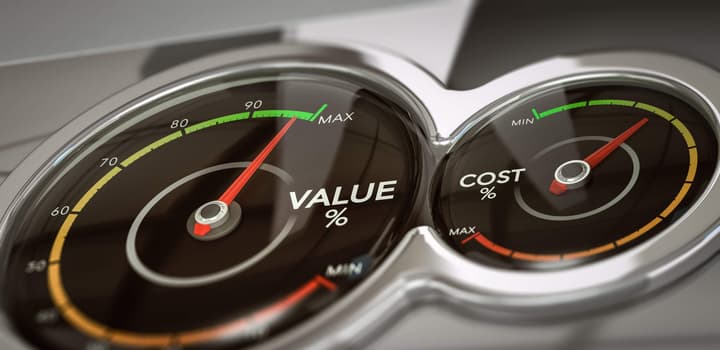

When hydrobromic acid (HBr) reacts with calcium carbonate (CaCO3), it undergoes a neutralization reaction. On the other hand, an endothermic reaction absorbs energy from the surroundings, resulting in an increase in the enthalpy of the system. It is characterized by a decrease in the enthalpy of the system. Exothermic and Neutralization ReactionĪn exothermic reaction is a type of chemical reaction that releases energy in the form of heat. Another classification is based on the type of reaction that occurs when hydrobromic acid (HBr) reacts with calcium carbonate (CaCO3). One common classification is based on whether the reaction is exothermic or endothermic. In chemistry, reactions can be classified into different types based on the nature of the chemical change that occurs. The balanced chemical equation for this reaction is HBr + CaCO3 → CaBr2 + H2O + CO2.

To summarize, when HBr reacts with CaCO3, it produces water, carbon dioxide, and calcium bromide. The reaction can be represented as HBr(aq) + CaCO3(s) → CaBr2(aq) + H2O(l) + CO2(g). It is important to note that this reaction occurs in an aqueous solution, where HBr is dissolved in water. The reaction is a double displacement reaction, where the hydrogen ion from HBr replaces the carbonate ion in CaCO3, resulting in the formation of the products mentioned above. In this equation, one molecule of HBr reacts with one molecule of CaCO3 to produce one molecule of CaBr2, one molecule of H2O, and one molecule of CO2. The balanced chemical equation for the reaction between HBr and CaCO3 is as follows: Balanced Chemical Equation: HBr + CaCO3 → CaBr2 + H2O + CO2

This results in the formation of water, carbon dioxide, and calcium bromide. The hydrogen ion (H+) from HBr reacts with the carbonate ion (CO3^2-) from CaCO3. When HBr is added to CaCO3, the acid-base reaction takes place. This reaction occurs due to the acid-base nature of HBr and the carbonate ion present in CaCO3. The reaction between HBr and CaCO3 results in the formation of water (H2O), carbon dioxide (CO2), and calcium bromide (CaBr2).
Charge of carbon in co3 how to#
Let’s explore the formation of these products and the balanced chemical equation for the reaction.īạn đang xem: 13 Facts on HBr + CaCO3: What, How to Balance & FAQs Formation of H2O, CO2, and CaBr2 When hydrobromic acid (HBr) reacts with calcium carbonate (CaCO3), several products are formed.


 0 kommentar(er)
0 kommentar(er)
